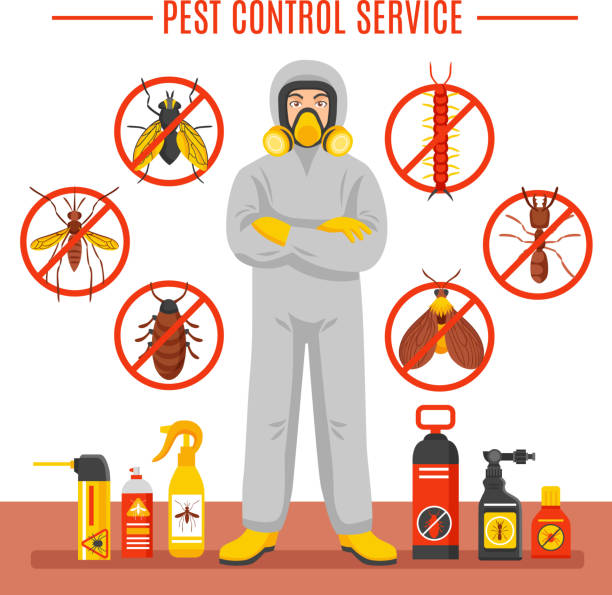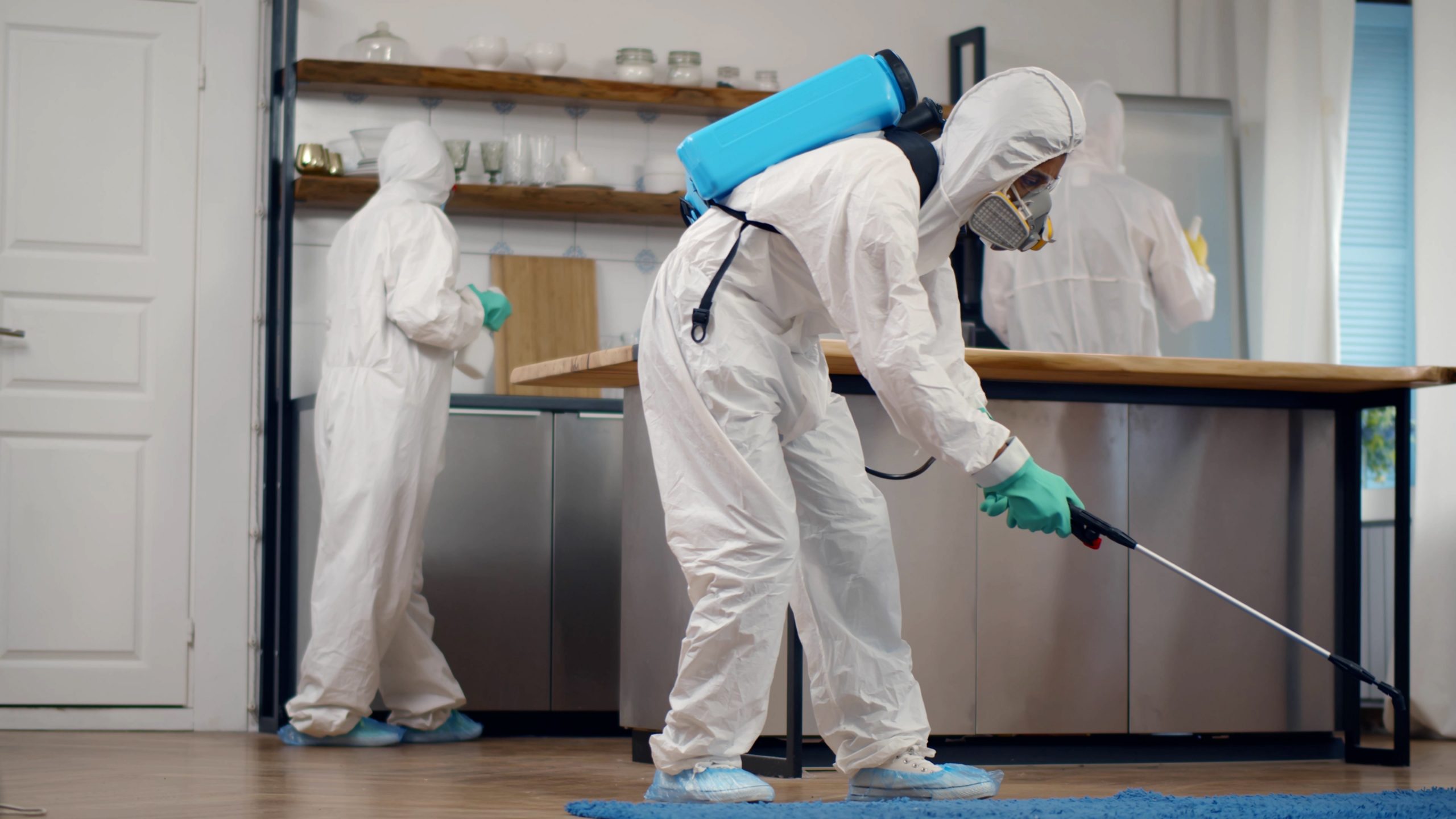Complete Pest Control for 365-day protection from pests.
Wiki Article
Eco-Friendly Parasite Control Approaches for Taking Care Of Wildlife in Urban Locations
Urban locations usually discover themselves at the junction of human task and wildlife, resulting in special obstacles in pest monitoring. Green techniques stress lasting conjunction, using methods such as habitat adjustment and natural repellents to mitigate human-wildlife conflicts. These approaches not just secure the atmosphere but also enhance area engagement in wildlife administration. As urban populations remain to expand, comprehending the dynamics of wildlife interactions becomes progressively critical. What cutting-edge approaches can be applied to ensure both ecological balance and urban safety? Exploring this concern discloses a compelling landscape of possible services.Understanding Urban Wild Animals Dynamics
Comprehending Urban Wild animals Characteristics is crucial for creating efficient and environment-friendly pest control techniques. Urban areas are increasingly ending up being environments for various wild animals types, driven by factors such as environment fragmentation, food schedule, and human infringement. Recognizing these characteristics permits a nuanced strategy to pest monitoring that straightens with ecological principles.Urban wildlife usually consists of types such as raccoons, squirrels, and birds, which adjust to city settings, discovering specific niches in eco-friendly areas, parks, and even houses. Their visibility can lead to problems with people, particularly when they manipulate human sources for food and shelter. Understanding the actions and environmental duties of these types educates approaches that minimize unfavorable interactions while promoting biodiversity.
In addition, recognizing the interdependencies within urban ecosystems helps in determining important areas for environment preservation and restoration. This knowledge adds to the development of incorporated parasite administration (IPM) strategies that consider the ecological equilibrium, thus lowering dependence on hazardous chemicals. By fostering conjunction between people and city wild animals, cities can produce much healthier environments that profit both homeowners and regional ecological communities, leading the way for sustainable metropolitan living.
All-natural Repellents and Deterrents
All-natural repellents and deterrents provide a lasting alternative to standard parasite control methods by utilizing the power of nature to keep undesirable varieties at bay. These environment-friendly remedies typically utilize plant-based active ingredients, necessary oils, and various other naturally occurring compounds that discourage parasites without hurting the atmosphere.One reliable natural repellent is peppermint oil, which is recognized to fend off rats and bugs. Its strong fragrance is unpleasant to several parasites, making it a popular option for urban settings. Likewise, vinegar and citrus peels can act as deterrents, as their solid odors are generally uninviting to various wild animals.
Furthermore, diatomaceous planet is an all-natural powder that can be spread out in locations prone to bug task, properly drying out and preventing bugs without positioning dangers to non-target species. Furthermore, garlic sprays and neem oil are recognized for their ability to push back a wide array of pests, including both pests and bigger wild animals.
Implementing these all-natural repellents not just decreases reliance on chemical pesticides yet also promotes a much healthier urban ecosystem, fostering a more balanced conjunction in between humans and wildlife. By utilizing these approaches, urban locations can efficiently handle bug populaces while lessening ecological effect.
Environment Modification Techniques
Effective environment alteration techniques play a critical duty in lasting pest administration by modifying the atmosphere to make it much less favorable to pest problems. By recognizing the environmental characteristics of metropolitan locations, homeowner can carry out calculated adjustments that hinder pests while promoting biodiversity.(Spider exterminator Port Charlotte)One main method entails maintaining correct cleanliness. This includes routine waste removal, safeguarding trash can, and eliminating standing water to decrease reproducing sites for pests and rats. Furthermore, landscaping methods such as picking indigenous plants can boost ecological equilibrium, providing environments for useful organisms while lessening sources for pests.
An additional crucial technique is to seal entrance factors in buildings. Inspecting and fixing fractures in structures, wall surfaces, and windows can substantially lower bug accessibility. Furthermore, producing physical obstacles, such as fences or plant barriers, can inhibit wild animals movement right into human-inhabited areas.
Integrated Pest Monitoring Practices
Structure upon environment alteration methods, incorporated pest monitoring (IPM) practices provide a holistic technique to managing parasite populations while lessening ecological impact. IPM integrates numerous approaches, consisting of click to read biological, cultural, mechanical, and chemical controls, to accomplish effective insect monitoring.Biological control involves the introduction of all-natural killers or bloodsuckers to reduce bug populaces. Social techniques, such as plant turning and hygiene, interrupt pest life cycles and reduce their habitats - Pest Control. Mechanical controls, like traps and barriers, supply immediate remedy for parasite pressures without chemical intervention
Chemical controls are used as a last hope, concentrating on targeted applications that restrict injury to non-target varieties and the environment. The choice of environmentally friendly chemicals, when essential, is important to the IPM framework. Furthermore, keeping an eye on pest populaces and analyzing prospective damages helps inform decision-making, guaranteeing that treatments are prompt and effective.
Area Involvement and Education And Learning

(Bee Control)Workshops and informative sessions can gear up citizens with knowledge regarding indigenous types, environment conservation, and efficient non-toxic bug management methods. Partnership with colleges, neighborhood organizations, and federal government companies further boosts instructional outreach, making certain that vital info gets to diverse audiences.
Additionally, community-led efforts, such as community clean-up days and habitat remediation jobs, not just promote biodiversity yet also reinforce neighborhood ties. Pest control service. By motivating homeowners to share their experiences and observations, communities can establish targeted methods that deal with specific local pest concerns
Incorporating feedback from citizens into pest monitoring prepares makes it possible for an extra responsive and flexible method to wildlife difficulties. Eventually, informed and engaged neighborhoods are vital to achieving long-term success in environmentally friendly pest control, leading to healthier metropolitan atmospheres that value both human and eco-friendly requirements.

Final Thought
In conclusion, eco-friendly insect control comes close to offer lasting options for managing urban wildlife. By prioritizing habitat alteration, making use of all-natural repellents, and carrying out incorporated bug monitoring techniques, areas can foster a harmonious conjunction with local fauna.Report this wiki page